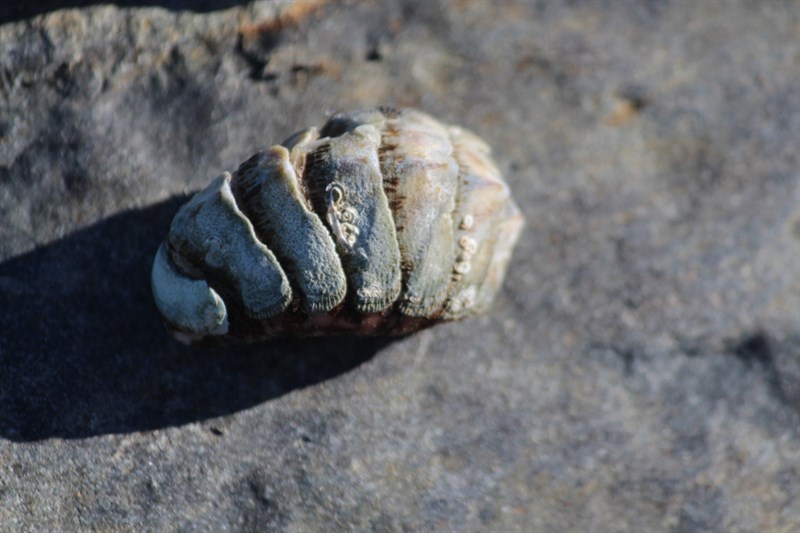Dinoplax validifossus, commonly known as the “validifossus chiton,” is a species of marine mollusc belonging to the class Polyplacophora, commonly known as chitons. This species is characterized by its unique shell structure and adaptation to specific marine environments.
Description & Characteristics
Dinoplax validifossus is a small chiton, typically reaching a maximum size of 15 mm in length. The shell of this species is typically brown or gray in color and is composed of eight overlapping plates, known as valves. These valves are intricately sculptured with ridges and grooves, creating a distinctive appearance.
Habitat and Occurrence
Dinoplax validifossus primarily inhabits the intertidal zone of the Pacific Ocean, particularly in the rocky shores and tide pools. These environments provide a stable habitat for this species, allowing it to access its preferred food sources. This species is commonly found in the lower intertidal zone, an area that is submerged during high tide but exposed during low tide, demonstrating its adaptation to fluctuating water levels.
Taxonomy
Dinoplax validifossus is classified within the phylum Mollusca, belonging to the class Polyplacophora, the order Chitonida, and the family Chaetopleuridae. This classification reflects the evolutionary relationships between Dinoplax validifossus and other chiton species, emphasizing their shared anatomical and physiological features.
Feeding
Dinoplax validifossus is an herbivore, feeding primarily on algae that grows on rocks and other surfaces. Its strong, radula, a tongue-like structure with rows of teeth, is used to scrape algae off the substrate. This specialized feeding apparatus allows Dinoplax validifossus to efficiently obtain nutrients from its preferred food source, enabling its survival in the intertidal environment.

Image References